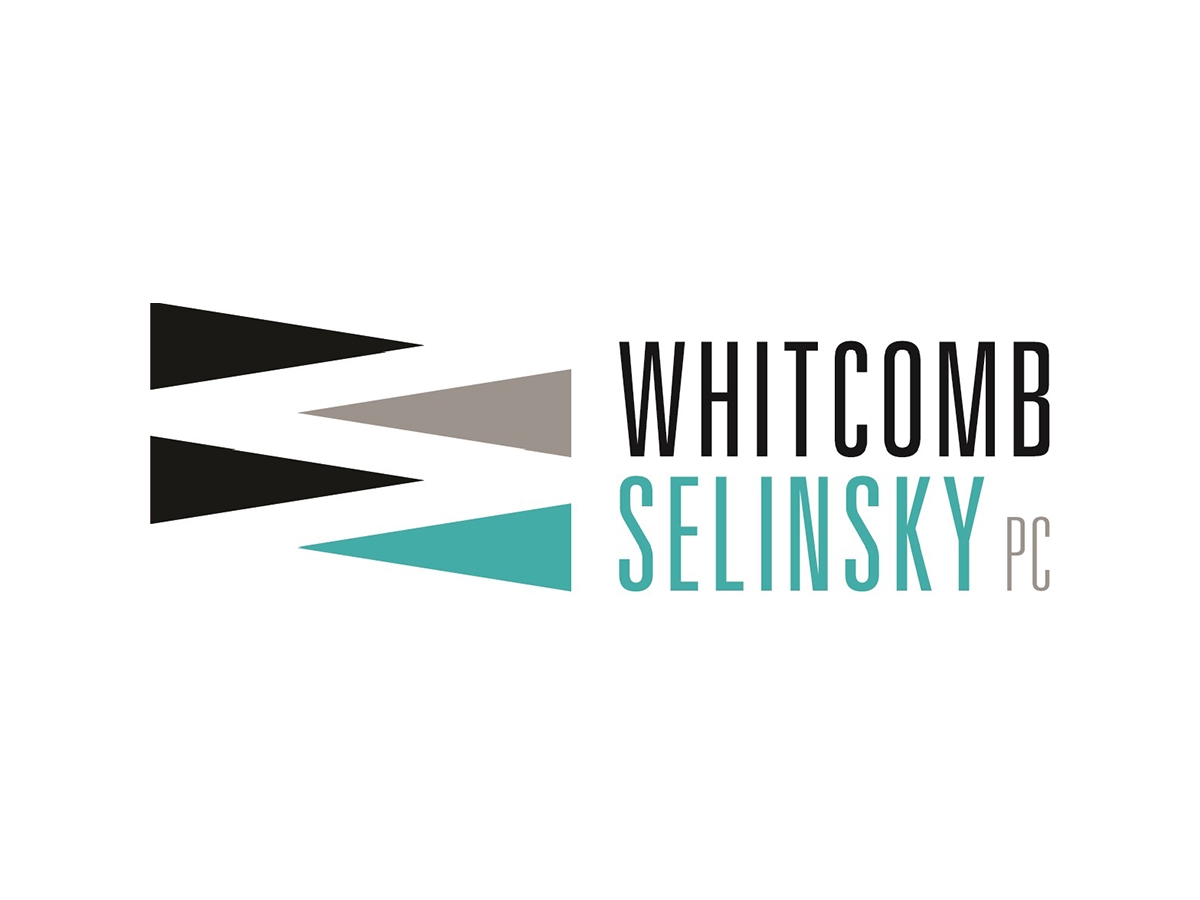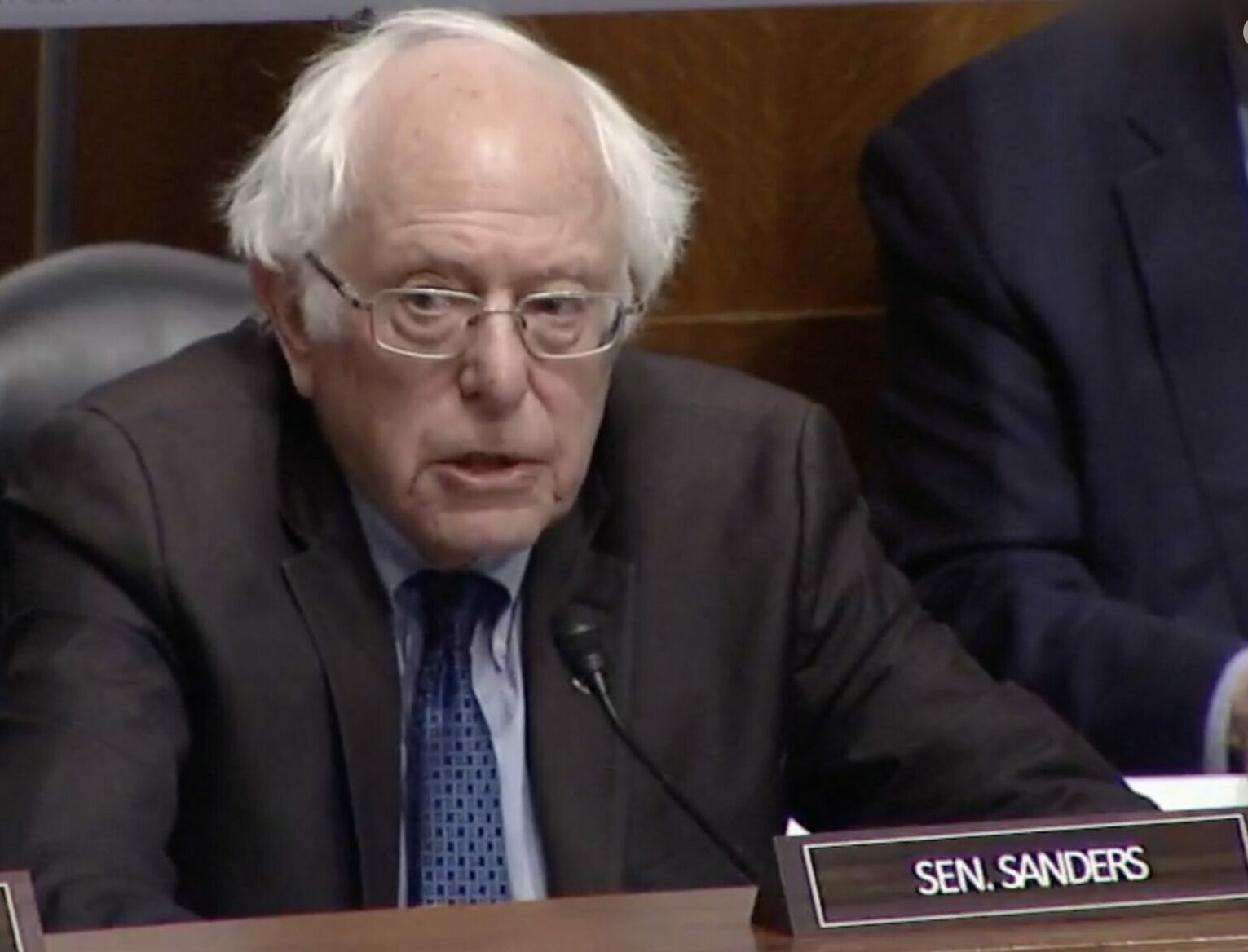Damages Experts: Has the Federal Circuit Lowered the Admissibility Standard? | BakerHostetler
Damages experts in patent cases have a tough task. They must construct a hypothetical negotiation between the parties that would have taken place just before the alleged infringement started. And the goal of this hypothetical negotiation is to determine a reasonable royalty upon which both parties would have agreed. Over the years, the Federal Circuit has overturned many damages awards. Often, the Court determined that the expert’s opinion was inadmissible because the expert did not adequately tie the royalty to the underlying facts of the case. But every once in a while, a damages case reaches the Federal Circuit where the Court ultimately blesses an expert opinion, which provides valuable insight regarding what is admissible.
On June 3, 2024, the Federal Circuit issued one of these opinions in EcoFactor, Inc. v. Google LLC.[1] At issue was a $20 million damages award, which the Federal Circuit affirmed in a 2-1 precedential decision—and over a vociferous dissent.
What stands out is the Federal Circuit’s focus on the admissibility of the expert’s damages testimony and the standard of review of such a determination on appeal. The District Court makes an admissibility determination regarding the expert’s testimony, and once admitted, it is the role of the jury to ultimately weigh the evidence. As the Court explained: “If the standard for admissibility is raised too high, then the trial judge no longer acts a gatekeeper but assumes the role of the jury.”[2] On appeal, the Federal Circuit evaluates the District Court’s admissibility decision “under the highly deferential abuse of discretion standard.”[3]
This focus on admissibility appears to lower the bar regarding what potentially is admissible in expert opinions, and then it is up to the jury to decide whether they are persuaded by such testimony. In fact, in rendering this decision, the Dissent accused the Majority of abdicating the Court’s “responsibility as a gatekeeper”: “[W]e must pay close attention to the reliability of the methodology underlying expert testimony to ensure that the jury can fulfill its proper role as the factfinder.”[4]
The first issue the Court addressed was whether the expert had plucked the royalty rate from nowhere. Here, while the rate appeared in three license agreements, all three license agreements were lump sum agreements, and the rate was only in a “whereas” clause that stated that it was the plaintiff’s unilateral belief that the lump sum was based upon the rate. Notably, the plaintiff did not have access to the sales data of its licensees. The Dissent concluded that the expert “conjured the [] rate from nothing.”[5] Yet, these “whereas” clauses coupled with the testimony of the plaintiff’s CEO regarding the royalty rate was enough for the Federal Circuit to determine that the District Court did not abuse its discretion in admitting the testimony.
The second issue was the economic comparability of the license agreements to the hypothetical negotiation. The agreements in question licensed multiple patents, not just the single patent-in-suit. The Federal Circuit determined that the expert had taken this into account by suggesting that (1) the existence of other license patents would exert downward pressure on the royalty rate, and (2) the fact that the license agreements were settlement agreements reflecting the risk of a noninfringement or invalidity finding would exert an equal upward pressure on the royalty rate. This is in contrast to the hypothetical negotiation, where both the parties assume both infringement and validity. The Dissent disagreed, pointing out that the expert opinion was untethered to the facts of the case because it did not account for the impact of the other non-asserted patents, including whether the other patents covered the same technological areas as the asserted patent.
This ruling highlights the significant authority of the District Court in making admissibility decisions, particularly in light of the highly deferential abuse of discretion standard. Considering the types of opinions admitted in this case, we will have to wait and see whether the applicability of this ruling results in the lowering of the admissibility bar for damages experts.
[1]
[2] Id. at 19.
[3] Id.
[4] Id. at Dissent at 10-11.
[5] Id. at Dissent at 6.
[View source.]






